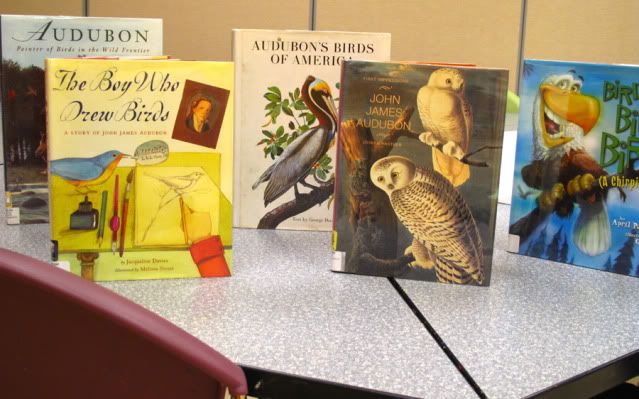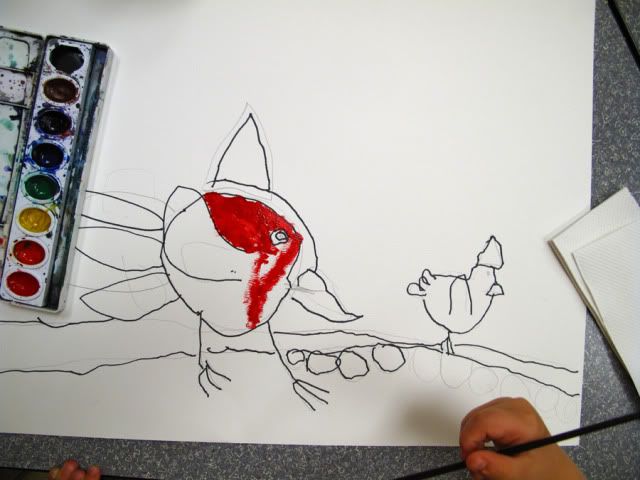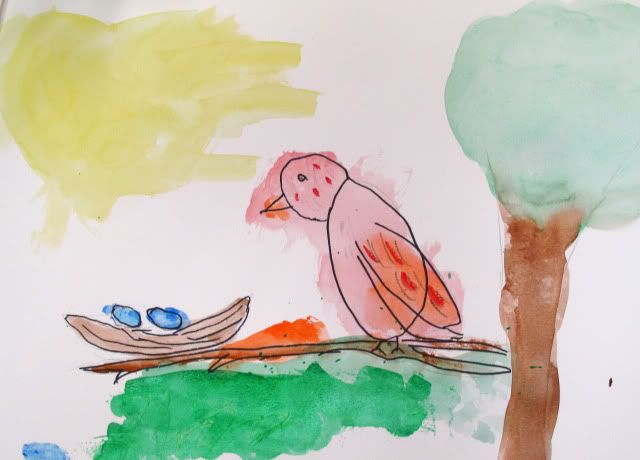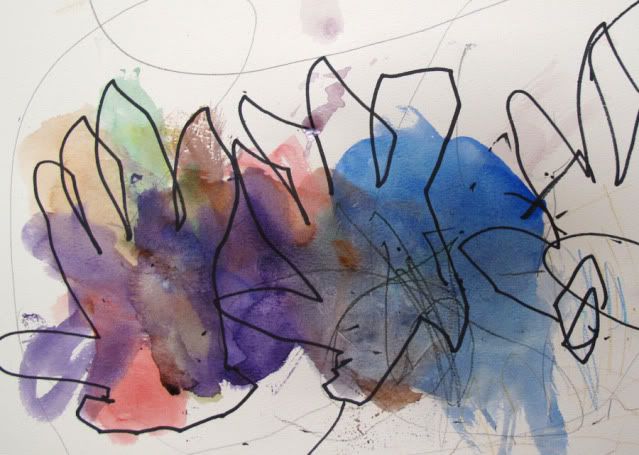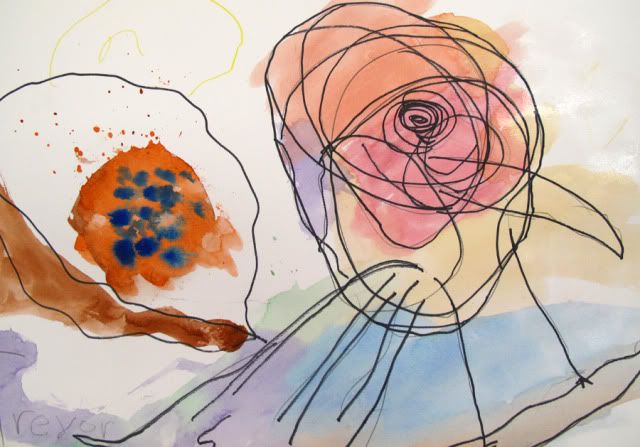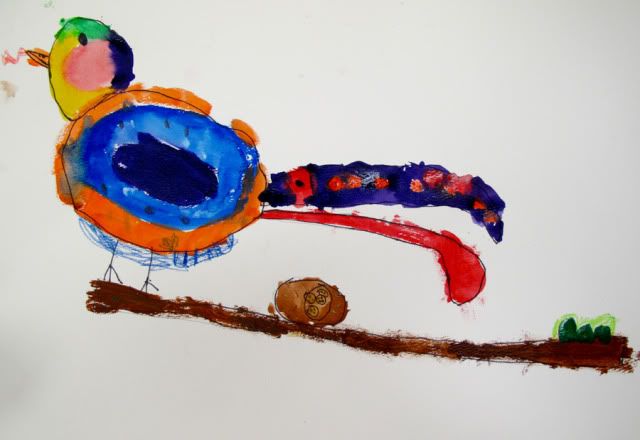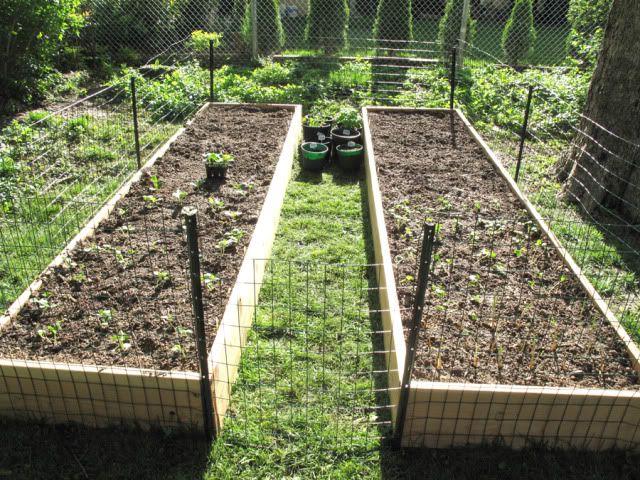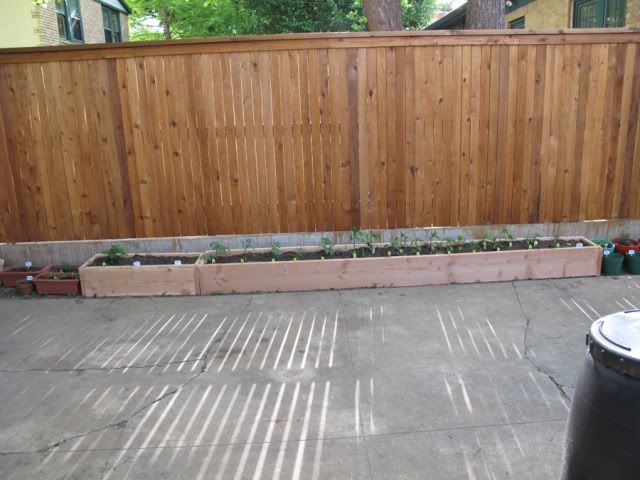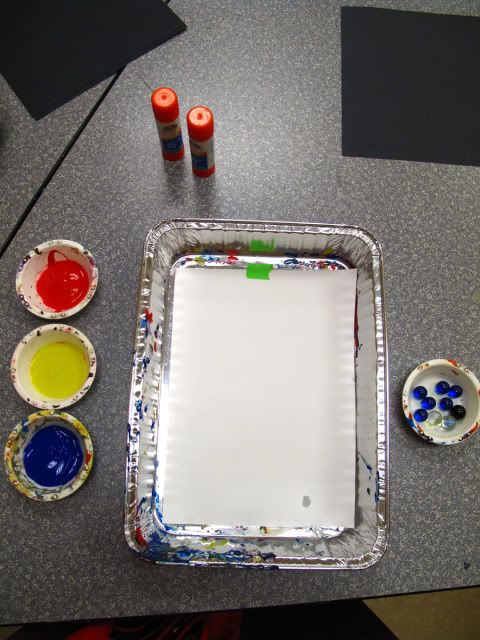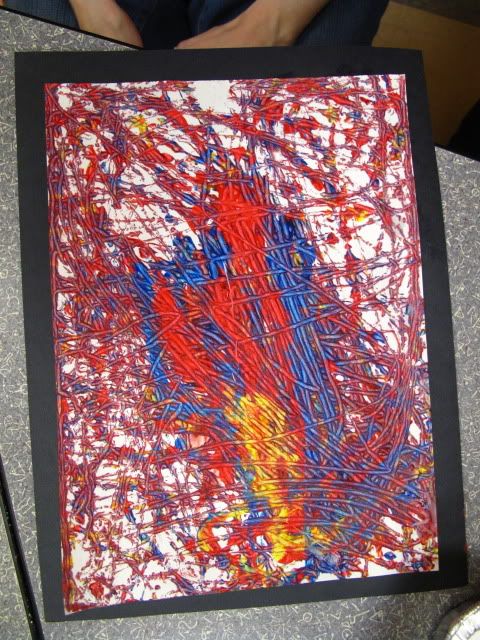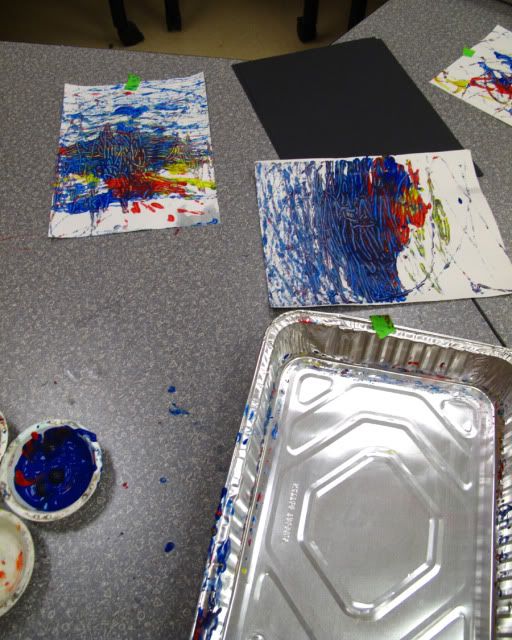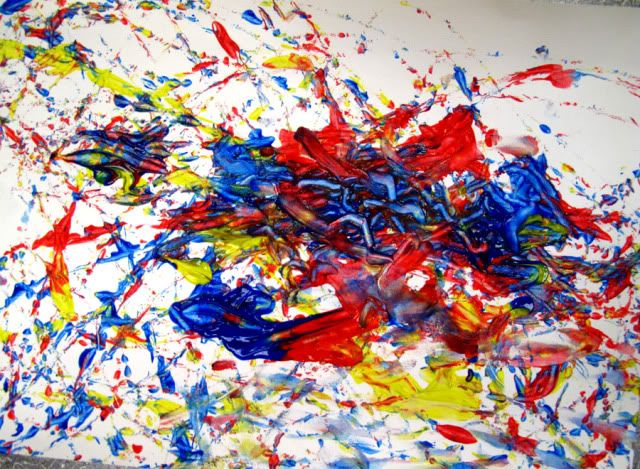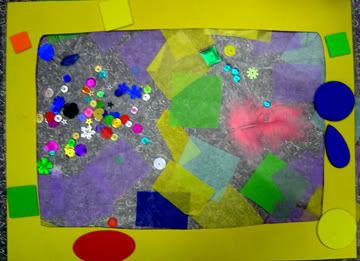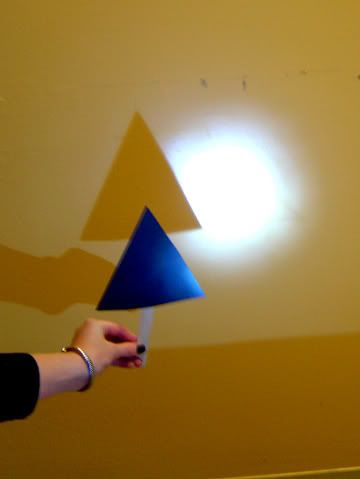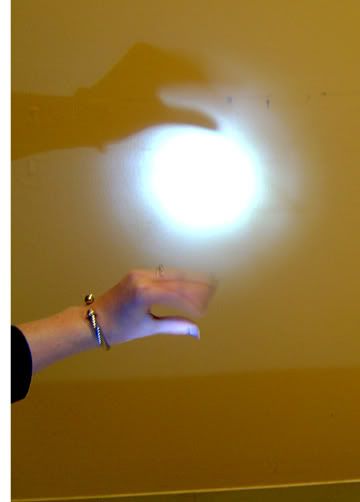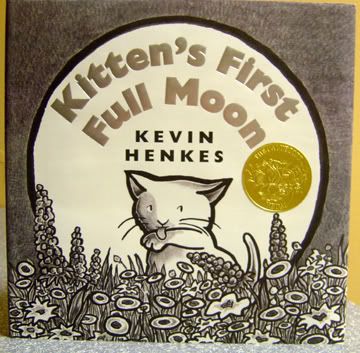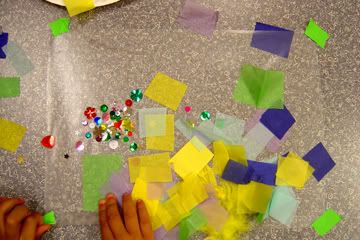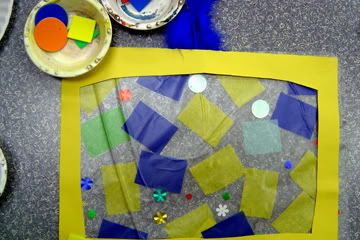
Let's set the scene. Your 3 year old rounds the corner smiling ear to ear and says, "Look Mommy, I made this for you!" The paper is covered with lines that swirl all over the paper. Your first thought is tornado! Your second unsaid thought is scribbling! You smile and say....
What do you say? I personally never start by guessing what it is. If you guess wrong it might hurt their feelings and may cause them to question why you don't plainly see that they have drawn you a map that leads to the biggest treasure ever that is right in the backyard under the tree.
"Can't you see the map goes all through the house, out the backdoor, across the backyard and stops right there beneath the tree?"
For young children you may have to ask them to tell you about their drawing, painting, etc. I pick out a specific part and use descriptive words to talk about the piece rather then just saying, I love it, it's beautiful! (watch those judgment words!) I'll mention how I like the thin or thick line, how it dots or dashes. The shape and color of paper, the medium used.) If they use color I might tell them I like how they used green and purple next to each other or how the colors mixed and they made a new color.
This leads me to talk more about Process vs. Product. While the thought applies to all ages I'm really talking about young artists. I think this is difficult for adults. I will start by asking, "if you are not an artist why aren't you?" "Do you like art?" "When was the last time you attempted a drawing or a painting?" For most of you I am betting it has been a long time. Why? In most cases it boils down to fear. Of what?
Well, for adults we seem to have this picture perfect thinking as to what artwork should look like. We have forgotten how to let go.
Our children have not. (and isn't it a beautiful thing?)
So what happens between there and here? Well a lot of things. Some people may have been criticized and for others I think it's just a lack of art esteem. Adults tell me all the time, "I CAN'T DRAW A _____!"
When working with children at the museum or with my own children I let them create the work themselves. I encourage them to do so.
Ex. In one of my recent classes we drew birds. We talked about birds, we listened to birds and we looked at all sorts of birds. I did not give them any stencils or specific bird instructions. Before we began we did talk about parts that make up a bird, like a body, a head, eyes, beak, legs, wings, feathers etc.
I like for them not to be limited. Sadly, they will have plenty of time for that. I really do enjoy watching the expression and process my children put into the work.
One of my favorite birds made that day was a child that used swirling lines to create a nest, eggs, a free form bird with a huge eye. He talked about it the entire time he was drawing and he looked up at me with the biggest smile and proceeded to tell me all about it. He used a lot of color and pattern. It was a brilliant creative process. Would someone not being in the class recognize it as a bird? Probably not. Like I said, the thrill, enjoyment and process had him tickled pink and it did me too. Not only did he learn about birds but he experimented with pencil, marker, watercolors and watercolor pencils.
Give them the freedom and positive encouragement to create. Correcting any child's artwork to make it pleasing to an adult deprives the child of the confidence to make their own choices.
The process and confidence building is more important and longer lasting than having them bring something to you to please you.
The process of making art is a learning experience for your child. It is a way to let them express emotion, feelings and things from their day. They cannot write. It's a would be diary. A way for them to tell their secrets. The fact that they can freely move their crayons or brushes all over their papers to tell you a story is beyond wonderful. Wouldn't it be great for us all to go back to that? Even for a minute?
 With Spring full steam ahead it's hard not to notice the birds. For a class of children ages 3-5 we focused on birds from the artwork of John James Audubon.
With Spring full steam ahead it's hard not to notice the birds. For a class of children ages 3-5 we focused on birds from the artwork of John James Audubon.